Sustainability: The New Fashion Industry Status Quo
Financing the Transformation in the Fashion Industry
REFASHIOND Booklet 2020
Complete the form below to download your FREE REFASHIOND The World is a Supply Chain 2020 booklet.
In this booklet, we…
Share a supply chain definition
Put supply chain challenges into context
Discuss why socio-cultural forces will act as the leading catalyst for innovations that define the future of supply chains
Explain why supply chains must be refashioned
Explain why the digital and technological transformation of supply chains is an economic issue, as well as one driven by evolving consumer preferences
Describe the role that early-stage venture capital can play in the transformation of supply chains
Describe how individuals, private investors, and governments can play a role in evolving us to the supply chains of the future
Looking for help with your agile supply chain strategy?
REFASHIOND OS (rOS) — A Boutique Consultancy Specializing in Leveraging Emerging Innovations to Drive Agile & Resilient Apparel Demand Chains
The story of how the United States went from producing 95% of the clothing it purchases in 1960, to the 2% level of today, is core to the unfolding opportunity of localized apparel supply chains. The U.S. market presents a huge opportunity to systemically refashion apparel supply chains to localized demand chains, for the benefit of our planet, leveraging existing U.S.-based apparel textile mills, manufacturing, and best of breed emerging advanced supply chain technologies.
The fashion industry’s complex web of global supply and production has enabled consumer benefits in choice, cost, and convenience, but at the peril of the challenges inherent to globalized supply chains, including; overproduction, opacity, risk, environmental damage and unsustainable resource consumption that is not tenable for population growth projections.
It’s time for a NEW PARADIGM of localized DEMAND CHAINS that operate and mature in the country responsible for the largest consumption of fast-fashion, producing 4 times the textile waste than any other country, and that has pulled out from the Paris Agreement on Climate Change — the U.S.A.
Companies must invest in their own supply chain paradigm shifts today because the innovations that will allow humanity to exist on our planet in the future didn’t exist even 5 years ago. The early stage companies that are launching today will define our collective futures.
REFASHIOND OS has been preparing for this NEW PARADIGM for years. Join us.
“Startups and innovators are our only hope for course correction by 2030. The future is being built today.”
Commentary: Trucking industry observations heading into 2020
Finding Venture Capital
List of VC Funds by Shai Goldman at Silicon Valley Bank: https://docs.google.com/spreadsheet/ccc?key=0Ar2jKST-_k4GdGlaRFltQlZVWDlNUkZ6VldoVzVicGc&usp=drive_web#gid=0
This should help first-time startup founders determine who they should start building relationships with. For a small seed round, which I define as less than $1.0M, I’d focus my energies on smaller funds. Though, you shouldn’t turn down a warm introduction to an investor at a large fund (which I am defining as current fund > $150M or so) or an invitation from someone who wants to connect for the future . . . Just know that they will be less likely to invest in a round that’s smaller than $5.0M or so. Funds that invest $50K – $500K in seed stage startups would be great to start speaking to now.
Series A startups should target funds that have $100M or more in their current fund, not in assets under management (AUM) across a number of funds.
Some large funds have initiatives to write small checks in startups they like that are too early for a “core-investment” . . . I do not understand the rationale behind the “non-core” designation for some investments. I think every investment should be analyzed with the same rigor. Every investment should be a core investment, irrespective of the amount of the investment.
Mapping Out Micro-VC by Samir Kaji at First Republic Bank – For your purpose; A “micro-VC” typically invests $50K – $250K in rounds that are less than $1.0M in size. Any fund under $25M in size probably fits the bill. Note that this may not match Samir’s definition. They’ll typically describe themselves using terms like “we want to be the first external capital you raise” or they might say things like “you should have raised less than $750,000” or some permutation of language like that.
AllRaise Founders for Change: Airtable Database of Angels and Venture Capitalists.
Business Insider: Complete List of Early Stage Investors in NYC (2012)
What do you need in order to get funded by a VC?
Note: I assume this answer does not take into account the seed stage VCs who want to be the first outside capital that a startup takes.
Note: These are heuristics used by early stage investors, not laws of physics or mathematics. There’s always an exception . . . The question is; how do you find that “exceptional investor” who will bet on you in the absence of the kind of evidence other investors need to see before they invest?
Understanding Venture Capitalists
Venture Capital Economics
The VC Struggle – The Psychology Of A VC And How To Take Advantage Of It
All Revenue Is Not Created Equal: The Keys To The 10x Revenue Club
How Venture Capital Works – Note the date of publication, some things may have changed.
Defining Your Business Model
What Is Your Business Model? (Series Compilation) – I wrote this some time ago. I tried to distil business model generation into a few pages.
A New Way to Look at Competitors – Steve Blank explains a new approach to explaining your startup’s competitive position. It abandons the X/Y graph in favor of a Petal Diagram.
Business Model Generation – the best book on developing and understanding business models that I have come across. You can get a free preview. I use the business model canvas to understand every startup I decide to research in any amount of detail. I also use the business model canvas as a first step in seeking areas of business model risk. Note: The website did not load when I tried it while writing this article. If the website does not load for you as well the free preview of the book is also available on slideshare and scribd.
26 Resources To Help You Master Customer Development Interviews – Customer Development is a key aspect of the search for a profitable, repeatable and scalable business model. This collection of resources has been compiled by the folks at KISSmetrics.
Lean Canvas – The business model canvas adapted for lean startups. There’s a free plan. Take advantage of it.
Running A Lean Startup – The Lean Startup is transforming how startups are built and run. There may be a #leanstartup movement in a city near you. If not, start one. While you are doing that you should read Not Every Startup Should be a Lean Startup or Embrace the Pivot by Marc Andreessen.
Startup Secrets – Michael J. Skok of North Bridge Venture Partners. He also teaches at Harvard’s innovation lab.
Collective Action and Social Change – Frog Design’s Collective Action Toolkit is targeted at non-profits and social change organizations. The toolkit is free.
Pitch Like the Best
The Best Startup Pitches (2012 Edition) – this article from Business Insider includes video and briefly explains why the author thinks the pitch qualifies for the list.
Pitch Envy – This is a gallery of startup pitch decks. The pitch deck for Square and Foursquare can be found here.
Best Pitch Decks – This too is a gallery of startup pitch decks.
Startup Pitch Decks – A collection of fundraising decks from startups that have raised over $400M.
LinkedIn’s Series B Pitch to Greylock – Reid Hoffman has annotated the pitch deck with helpful notes to put things in context. The subtitle says it best; Pitch Advice for Entrepreneurs.
TED – TED videos are worth watching to get a hang of what works, and what does not work in pitching to a room full of people. To start find a playlist on a subject you find interesting and watch a few of the curated videos. Also, here are some I think you should watch.
The Uncommon Structure of Great Stories – Nancy Duarte
How To Get Your Ideas To Spread – Seth Godin
How To Pitch A VC – David S. Rose
The Technology of Storytelling – Joe Sabia
Steve Jobs’ 2007 iPhone Presentation – a Youtube video
The Presentation Secrets of Steve Jobs – a presentation on SlideShare by Carmine Gallo.
For Argument’s Sake – Why do we argue? A presentation at TEDx Colby by Daniel H. Cohen.
Tips and Techniques for More Confident and Compelling Presentations – A lecturer at Stanford University explains key ways in which you can plan, prepare, and practice more effectively for your next talk or presentation.
Want A Better Pitch? Watch This. – Advice from Andy Raskin
Toastmasters International – I do not know a more cost-effective and efficient way to develop your ability to speak in public. I completed the competent toastmaster program in 2006.






